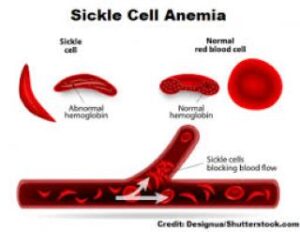Morbidity associated with injuries is a public health concern that we still pay little attention to in many countries in sub-Saharan Africa, Uganda inclusive. Recent data shows that we may have close to 2.3 million vehicles registered within the country. Motorcycles, famously known as Boda-bodas certainly, outnumber cars. With the laxity in implementing road-related laws in the region, the number of transport-related injuries may not be about to plummet.
In a study published in the BMJ in 2017, Diamond MB et al. examined the prevalence and risk factors for injury in sub-Saharan Africa in Uganda, Nigeria, South Africa, and Tanzania. We report some of their findings relating them to the prevailing conditions to assess what is likely to harm you.
In a multinational study, Diamond MB et al. interviewed 1316 participants at the beginning of the study and 904 participants on follow up. They noted injuries were transport-related and poison/overdose in the urban settings, whereas sharp instruments caused most of the mayhem in the rural areas. They also reported that few people in Uganda wore helmets or seatbelts. Well, the percentage of motorcyclists wearing helmets has recently increased but not the passengers they carry. A safety gear that reduces the chances of sustaining a severe injury by 70%, there’s a need to do more. For seatbelts, nothing has changed. I have never seen a taxi with functional seatbelts except for the front seats in the driver’s cabin, yet seatbelts prevent morbidity by 40 to 50% for front-seat passengers. The authors noted that the sharp instruments causing injuries in the rural areas might be due to the overabundance of knives, machetes and other tools people mostly use during farming. Passengers and cyclists are more prone to road traffic accidents, from speeding drivers and motorists to drunk drivers and poor roads. Several other injuries included burns, partner violence, falls, animal bites, and firearms.
From the study, the authors also noted that people with higher levels of education drunk more alcohol than the illiterate, partly because they might have had more money and tended to indulge in recreational drinking. They were, indeed, involved in many transported-related injuries. We should note that several youths in the village consume local brew. It has contributed to the increasing burden of poisoning from alcohol abuse or drug overdose.
Related:
The State of Sub-Saharan African Health and Health Care Systems: Why are they so poor?
Whether intentional or non-intentional, the burden of injuries is high within the communities. The Covid-19 pandemic has worsened the already worrisome conditions. There have been more cases of partner violence incidents reported to the regional police stations.
Suicide and homicide rates haven’t plummeted. In fact, from the study, more than 40% of urban dwellers from Uganda feared to move at night due to substantiated risks of an attack from robbers, thugs, and the likes.
So, as you move out and about in the community, understand that the burden of injuries you can sustain has increased: a speeding vehicle, motorcycle, a thug, a stray bullet can all harm you. Don’t forget to wear a helmet or seatbelt whenever necessary. These habits aren’t for whites. You will save yourself from a devastating head injury; after all, accidents don’t alert you when they occur.




